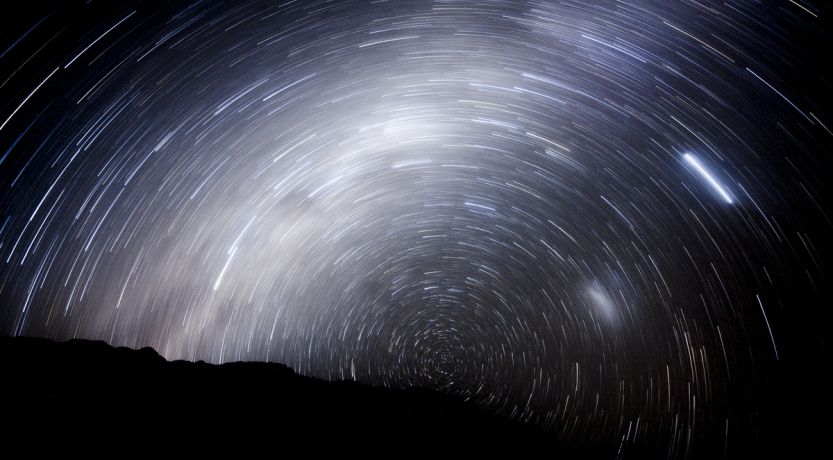Some read the first chapters of Genesis and feel there are two creation stories that are different and contradictory. Why are there two accounts?

The first chapter of Genesis contains the well-known account of the creation of the heavens and the earth and the six days of creation. But starting in Genesis 2:4 it appears that another creation story begins. Why are there two creation stories?
Recounting the first account
Let’s look first at how Genesis 1 concludes: “Then God saw everything that He had made, and indeed it was very good. So the evening and the morning were the sixth day” (verse 31). The next verse says, “Thus the heavens and the earth, and all the host of them, were finished” (Genesis 2:1). In the original writings of the Bible there were no chapter breaks; men added them much later for convenience in referencing scriptures.
The account continues in Genesis 2:2-3, “And on the seventh day God ended His work which He had done, and He rested on the seventh day from all His work which He had done. Then God blessed the seventh day and sanctified it, because in it He rested from all His work which God had created and made” (emphasis added). So we see that at the end of the sixth day God stopped His working, but went on to create the Sabbath by resting on the seventh day.
Zooming in
So in reality there are not two different or contradictory creation stories.
Now we come to verse 4: “This is the history of the heavens and the earth when they were created, in the day that the LORD God made the earth and the heavens.” The Hebrew word translated “history” (or “generations” in some translations) is toledah. This word is used in the same way about 10 times in Genesis, such as 5:1, 6:9 and 10:1, where it is translated as “genealogy.” It conveys the idea of beginnings, births, results or proceedings. So Genesis 2:4 is either the summary of an account or historical document that consisted of 1:1 through 2:3 or a heading for the account that follows.
Verse 5 is a summary or parenthetical comment, that when God first made the heavens and the earth was some time prior to putting vegetation, rain or man on the earth. But now the text quickly comes to the focal point and purpose for this whole section (which continues to the end of chapter 4)—important highlights of the earliest events in the history of the human race, starting with some additional detail of how God made the first humans (verse 7), and continuing with a story flow of events that took place in the early days and years of our human parents. In fact, this history is so important that we are experiencing the effects of these events to this very day.
So in reality there are not two different or contradictory creation stories. There is an initial account providing a chronological outline of the creation of the heavens, the earth and then later everything upon the earth. Then following this account is a historical record that “zooms in” on an important part of the picture, providing much more detail of the beginnings of the human race that was only briefly covered in the initial account. The two creation stories complement each other.





